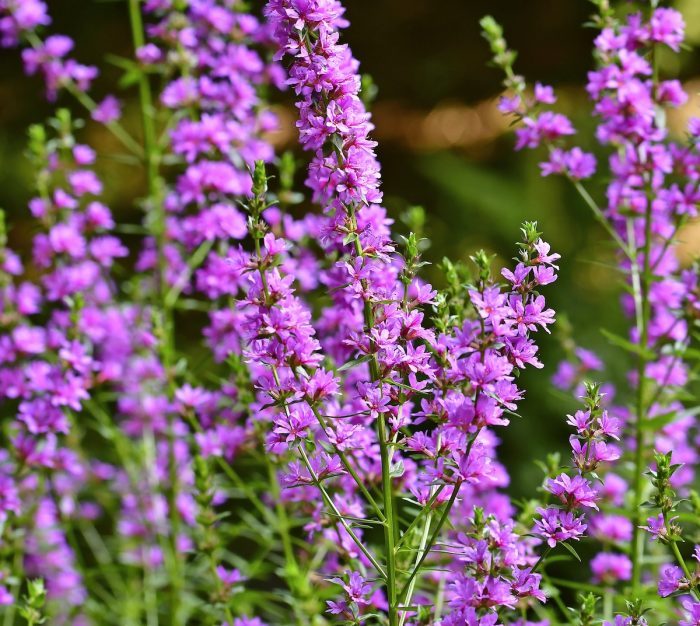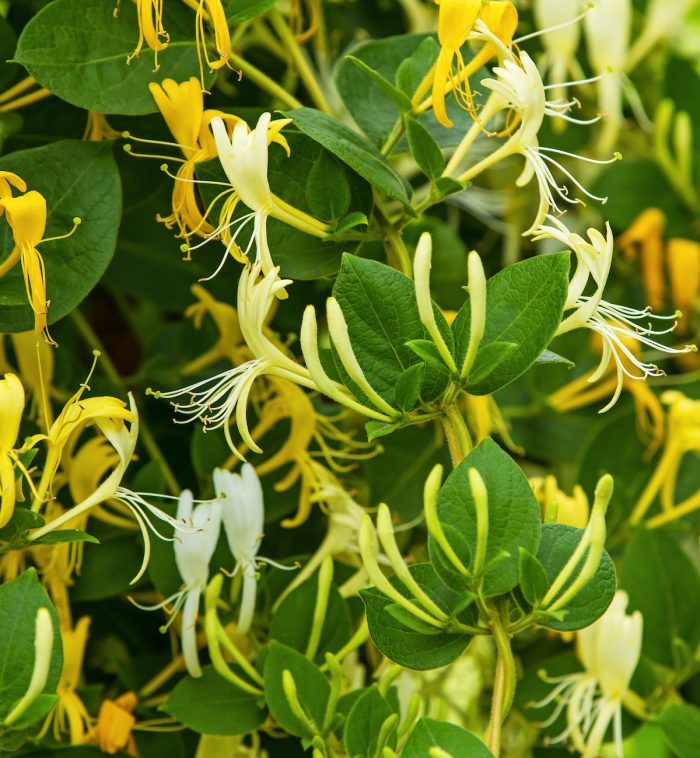
The tag at the garden center may say that a plant is “long blooming, low maintenance and fast growing.” If this description seems too good to be true, it’s because it sometimes is.
Many plants once recommended for the garden have expanded beyond our landscapes and invaded nearby natural areas. Once invasive plant species gain a foothold, they crowd out the native plants that birds, pollinators and other wildlife depend upon.
Invasives are defined as nonnative, adaptable plants that reproduce by seeds, stems and roots. These are spread by wind, deposited by birds or carried into new areas by people, pets and visiting wildlife.
How to Get Rid of Invasive Plant Species
Remove and discard small invasive plants, including the roots, as recommended by your local municipality. Many let you place these in the trash since they will be buried in a landfill. Avoid composting invasive plants unless your pile is hot enough (150 to 180 F) to kill the plants, roots and seeds.
For larger tree and shrub specimens, you’ll need different techniques. You can slowly kill problem trees by removing a six-inch strip of bark around the base, or painting the bottom 12 inches of the trunk with a recommended herbicide. You can also cut the plant to the ground, then treat the stump with a brush or total vegetation killer to prevent sprouting. As always, read and follow label directions carefully.
Remove Invasive Plant Tick Havens

Removing invasive plants also can help reduce disease-carrying tick populations. Studies have found that the presence of Japanese barberry and honeysuckle bushes create the perfect habitat for deer and the ticks that feed on them.
Watch for Invasive Plants in Décor
Door swags and wreaths can also contribute to this problem. These decorations can contain invasive plant species such as teasel and oriental bittersweet. Their seeds may be released from the arrangements into nearby gardens, eventually making their way to natural spaces.
Find Alternatives for Invasive Plant Species
To avoid accidentally adding troublesome plants to your yard, do your research before purchasing.
Check with your local nature center, the Department of Natural Resources or a nearby university extension service for lists of known invasive plant species in your region. Also check out online resources from the U.S. Forest Service and the Invasive Plant Atlas of the United States.
Have fun replacing troublemaking plants with better alternatives. Select native plants suited to your yard’s growing conditions and available space. Of course look for options that support birds, like native trees and ornamental grasses, and help pollinators, such as butterfly host plants.
Article source here: How to Remove Invasive Plant Species for Good


No comments:
Post a Comment